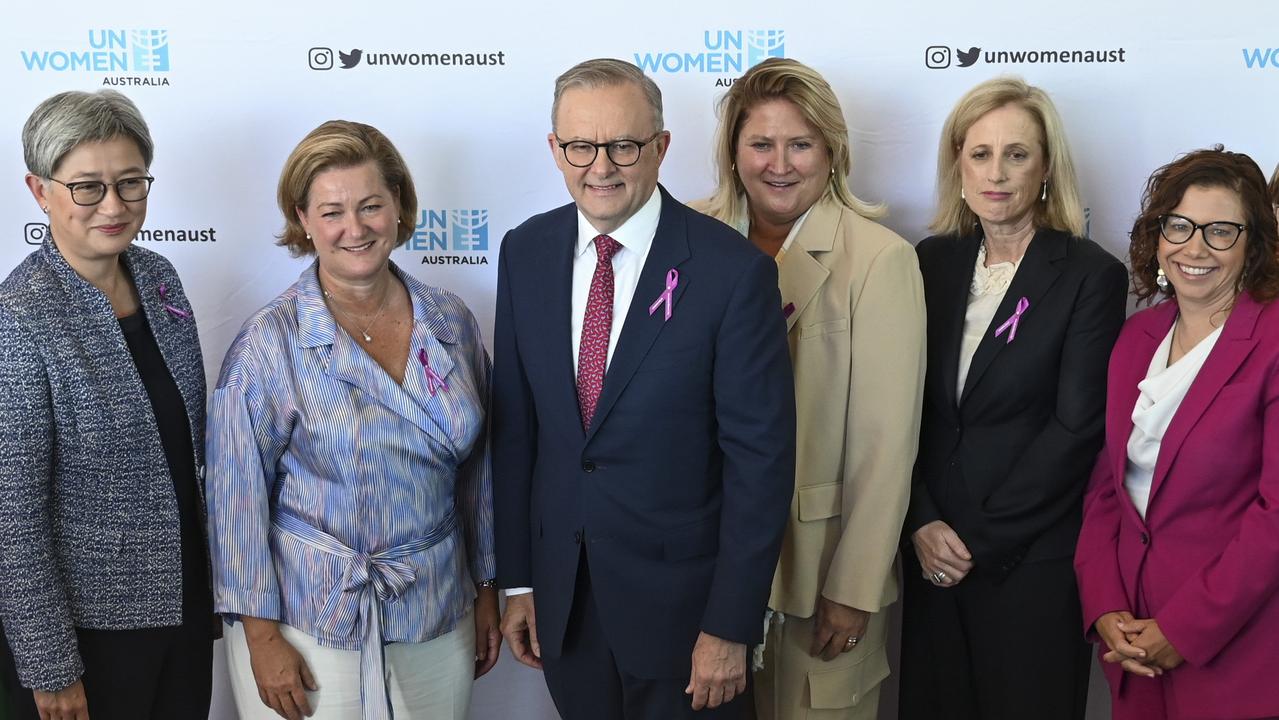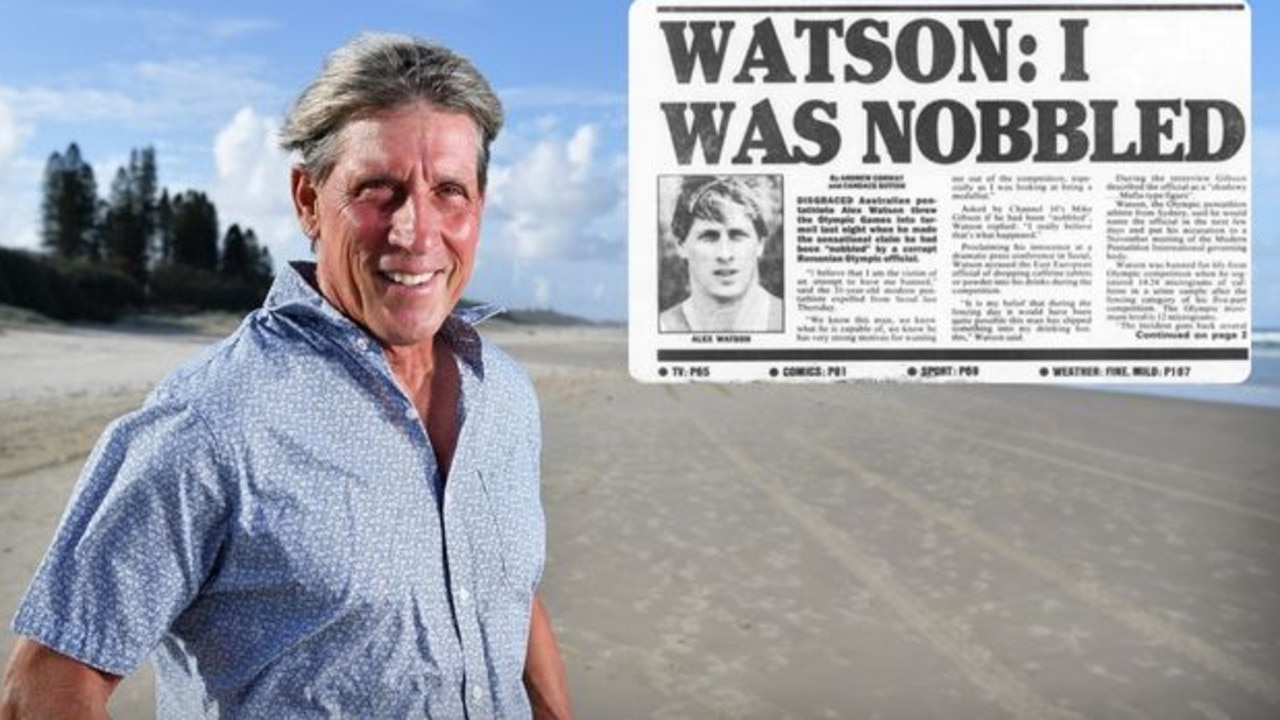Brain cancer nurse climbing a mountain to help save kids
SYDNEY nurse Elizabeth Bland is halfway up Mt Kilimanjaro, a trek she is dedicating to the kids she has nursed, and lost, to brain cancer. She is raising the money herself to help find a cure.
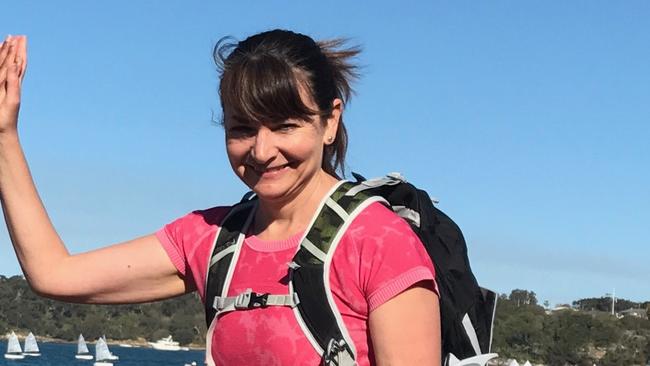
NSW
Don't miss out on the headlines from NSW. Followed categories will be added to My News.
CLIMBING Africa’s Mount Kilimanjaro is a huge challenge but paediatric nurse Elizabeth Bland is doing it for all the children she has seen die from brain cancer.
Brain cancer is the number one disease killer of children in Australia, claiming 35 to 40 young lives a year.
And, because investment into brain cancer research has been ignored for so long, meaning nothing has changed for three decades in terms of treatment, Ms Bland is climbing a mountain in Tanzania to raise funds desperately needed to turn this death sentence around.
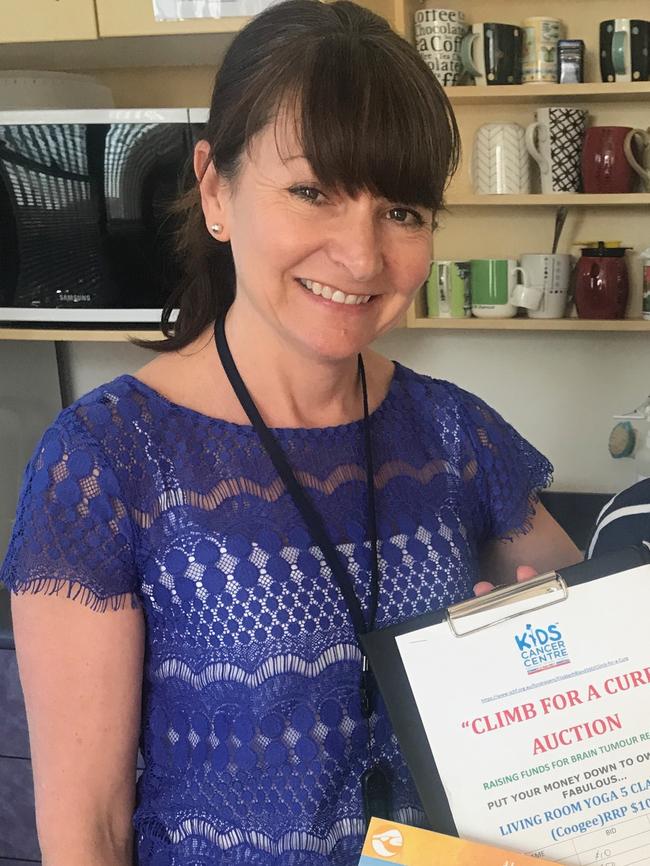
“We are at the coalface of care — we see and feel the agony and desperation a parent has when faced with this. On the summit, I’d also like to remember and pay respects to those I’ve known that didn’t survive,” the 45-year-old said.
Ms Bland, who began her climb on Friday after months of fundraising, was further inspired by The Sunday Telegraph campaign launched last month to challenge the government to invest research dollars into this crucial area of need.
“I was saddened to read The Sunday Telegraph on Father’s Day, noting that a classroom of children will die each year from this ghastly disease.
“However, it has made me more inspired to raise even more funds (in and not only on this challenge) and a constant awareness so that future classrooms of children don’t have to hear the dreadful news that the one of their loved friends has passed away,” she wrote on her fundraising page.
“If I can put myself into their shoes for a week then I’ll come back with even more respect.”
Ms Bland said she is also motivated to experience some of what her patients have to go through.
“Climbing 5885m to the summit of Mt. Kilimanjaro (has) got a few similar side-effects to those that the children experience when they have a brain tumour or have because of the treatments chemotherapy and radiation,” she said.
“You can experience bad headaches, nausea, loss of appetite, feel dizzy and get short of breath. If I can put myself into their shoes for a week then I’ll come back with even more respect for what these children go through.”
In 2016, brain cancer research received only $6.3 million from the National Health and Medical Research Council. It has only a 20 per cent survival rate, with paediatric brain cancers such as high grader gliomas and diffuse intrinsic pontine glioma (DIPG) considered death sentences. Breast cancer and leukaemia attracted the most funding in 2016, despite both cancers now having a 90 per cent cure rate.
Northern Beaches mother Tanya Muldoon, whose 10-year-old son Lachie passed away in October 2015 from an aggressive form of brain cancer, said Ms Bland had cared for her son.
“They are amazing people who look after our kids, but to then go and climb a mountain in your spare time is something else and again it’s the parents and the nurses and the people who care who are driving the funding for research because it is not there,” Mrs Muldoon said.
Ms Bland hopes to raise $11,770 — “that’s $1 for each foot climbed up and down the mountain”, which she will donate to the Kids Cancer Centre.
“I feel I had to raise funds. I happen to be one of the nurses that sees the journey of many good, and bad outcomes. The children that have DIPG or glioblastoma are the ones that hit the hardest and these are the types of brain cancer that warrant the research dollars the most,” she said.
www.schf.org.au/fundraiser/ElizabethBland560/Climb-for-a-Cure.
SMART BOMB TO BEAT BRAIN CANCER
DOCTOR Misty Jenkins is designing what she hopes will be the equivalent of smart bomb technology to seek out and destroy brain cancer.
Dr Jenkins is re-engineering one of the human body’s white blood cells, the T cells, to recognise brain cancer cells, seek them out and destroy them.
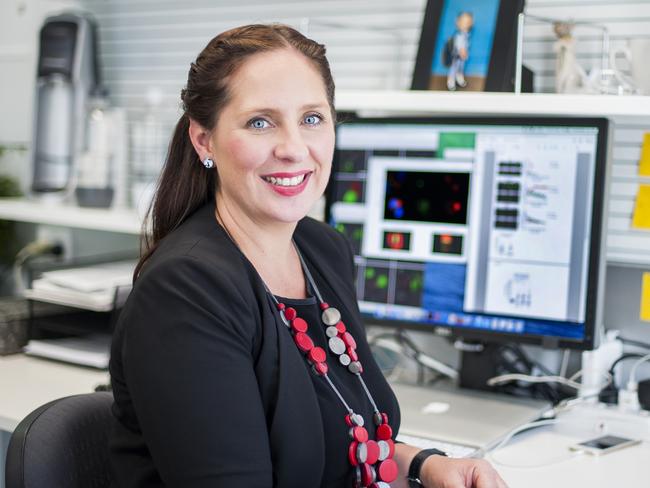
As opposed to traditional chemotherapy and radiation treatment, immunotherapy, which uses the patient’s own immune system to attack tumours, is seen as the future of cancer treatment.
T-cells are a natural part of the human immune system and seek out and destroy virus-infected cells. They can now be engineered to recognise cancer cells and kill them.
Called CAR T-cell therapy, the US Food and Drug Administration approved the therapy for children with acute lymphoblastic leukaemia in August. It has proven remarkably effective.
Now, Dr Jenkins, a cancer immunologist at the Walter and Eliza Hall Institute for Medical Research (WEHI) is applying the same technique in the hope of tackling the toughest of all cancers, diffuse intrinsic pontine glioma (DIPG), a paediatric cancer that is 100 per cent fatal. DIPG is lethal because standard drugs cannot cross the brain-blood barrier and its position in the brain stem makes it inoperable.
“We have to do this as long as we can to give Australia a chance.”
“What we are doing is designing a receptor that recognises the cancer, and put the receptor into the T-cell which will then recognise the brain tumour. We take blood from the patient, then separate the T-cells out, then they are given the engineered receptors and then they have the ability to recognise cancer and the we return them to the body to seek out and target the cancer,” Dr Jenkins said.
But this cutting-edge work is being funded by charities, not the government.
“It’s just seed funding at the moment to get the data we need for an application to the National Health and Medical Research Council (NHMRC),” Dr Jenkins said.
“We are hopeful to have a CAR T-cell for DIPG by the start of next year.”
For parents like Kathie and Adam Potts, it’s a race against time. The Potts are in a desperate battle to save their four-year-old daughter Annabelle and are spending $300,000 a year in Mexico to slow down her DIPG tumour. Annabelle was given nine months to live in January. Her tumour is shrinking but the Mexican treatment, administered every six weeks, is not a cure.
“We have to do this as long as we can to give Australia a chance to come up with a cure,” Mrs Potts said.

